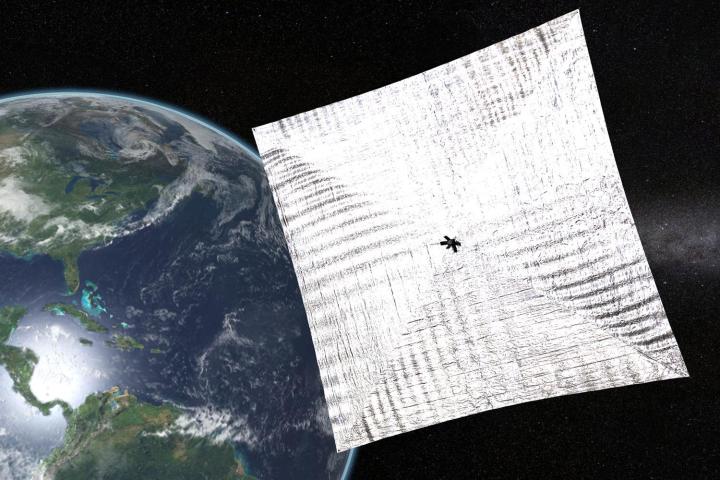
SWOT is expected to set NASA back by around $112 million, making it one of the more expensive SpaceX missions to date. The satellite is charged with collecting “detailed measurements of how water bodies on Earth change over time.” It’s a comprehensive mission, covering “at least 90 percent of the globe” by focusing on all the planet’s water sources — everything from lakes to reservoirs to oceans. SpaceX’s spacecraft will make its observations “at least twice every 21 days, aid in freshwater management around the world, to improve ocean circulation models and weather and climate predictions.”
“We’re excited to carry this critical science payload into orbit for NASA, the nation, and the international community,” SpaceX president Gwynne Shotwell said in a statement. “We appreciate NASA’s partnership and confidence in SpaceX as a launch provider.”
The mission and spacecraft will be a collaborative management effort between NASA and the French space agency Centre National d’Etudes Spatiales (CNES).
NASA’s continuing support from SpaceX may just help Musk’s company achieve its goal of colonizing Mars all the more reasonable. So while the company may be starting with satellite missions, it may not be too long before it delves into deeper, more unexplored territory.
Editors' Recommendations
- Watch SpaceX fire Starship’s Raptor engines ahead of 4th test flight
- SpaceX Starlink internet heads to first cruise ships
- Watch SpaceX’s Crew Dragon thrusters guide it to space station
- SpaceX Crew-4 astronauts are on their way to the space station
- How to watch SpaceX Crew-4 astronauts launch to ISS


